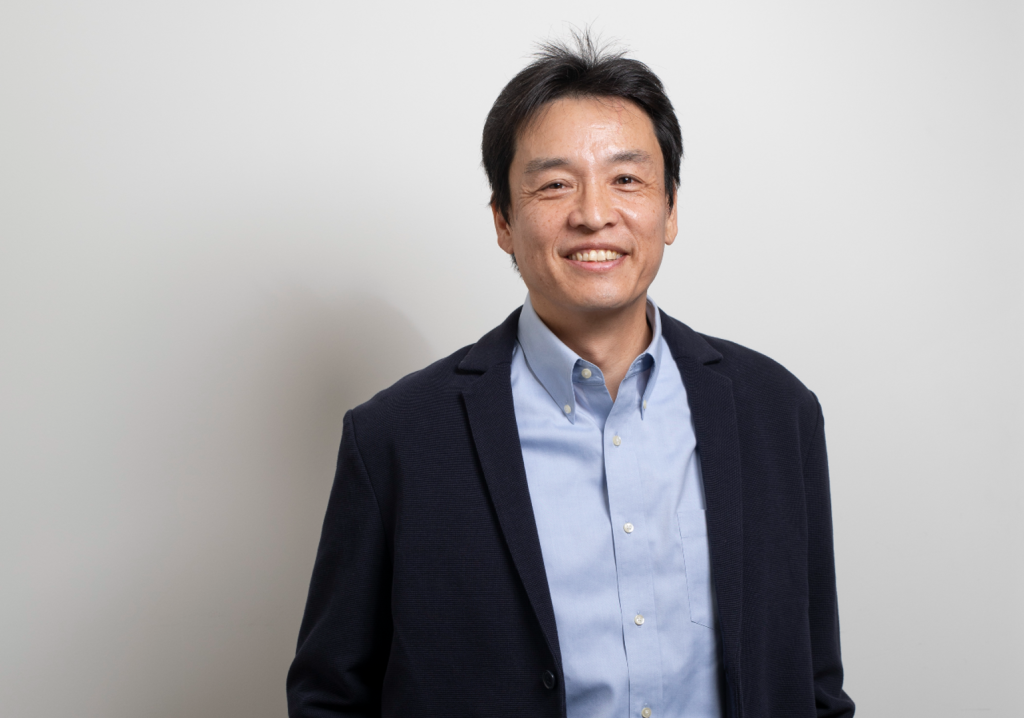When it comes to his work as a geotechnical engineer, Jun Sugawara is not afraid to get his hands dirty.
When Dr Jun Sugawara CPEng was growing up in Japan, he and his schoolmates were fascinated by motorcycles and auto racing — the products of the country’s engineering talents at companies such as Suzuki and Yamaha.
This boyhood tinkering encouraged him to pursue a degree in mechanical engineering, and although those days are long behind him — he now works as a geotechnical engineer for Queensland’s Department of Transport and Main Roads (TMR) — he still values hands-on experience.
“Although I’m director of the Geotechnical Section in TMR, I still consider myself as one of the engineers and I try to build a very flat organisation: no hierarchy, very transparent, very fair,” he told create.
“I really enjoy not only the office work but also the work in the field.”
For a state the size of Queensland, that means a lot of travel and, by way of example, Sugawara mentions an arterial road slope remediation project he worked on in Cairns.
“There were very heavy, prolonged rainfall events in early 2019 that caused a major slope failure … along the Cairns West Arterial Road,” he said.
“This failure caused significant damage to the road embankment and the sugar cane rail track located at the toe of the embankment. Very urgent slope remediation on the rail track restriction was required to maintain the road safety.”
The project team completed the work in four months — in time to reopen the rail line for the sugar cane harvest season.
Read how obtaining Chartered status helped a mining engineer build technical expertise.
Sugawara has applied this experience internationally too, working with the United Nations Development Programme in Bosnia and Herzegovina after flooding in 2014.
“That caused more than 3000 landslides throughout the country, resulting in the destruction of approximately 2000 houses,” he said. “I was responsible for the development of a situational analysis and training needs assessment — related, in particular, to slope or landslide risk management.
“Then I designed and delivered a comprehensive and tailored training program.”
Sugawara’s efforts were recognised by the Japanese Government, and with good reason: he drew from his experience in Japan, a country where landslides are common, to propose technical solutions not in use outside the country.
Sugawara is a Chartered engineer, and he sees the qualification as important to gaining professional recognition while building his future career.
“That will give you another path to become an APEC Engineer — so that you have the opportunity to work outside Australia as well,” he said.
Sugawara’s tips for success
- Every day is an opportunity to learn.
- Learn from the people around you, be they senior colleagues, industry, academics — or even Google.
- Don’t get other people to do your thinking for you: try to figure out your own solutions for the problems you encounter.
Learn more about Chartered engineer status and eligibility requirements on the Engineers Australia website.
